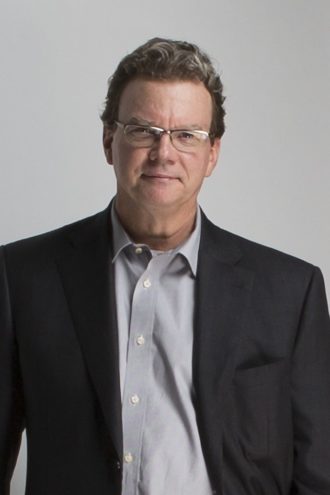As I look outside my second-floor window at One Dallas Center in downtown Dallas, I see the ground is being broken on what will eventually become Pacific Plaza Park, and I realize that Dallas has come a long way in considering its urban fabric. We actually are creating a more livable city. The discussion about parks and their availability to the public has proven to be an appropriate and timely conversation—as well as a call to action. But thinking about parks in isolation is only half of the conversation. We seem to gravitate to heroic gestures that are bold, identifiable, name-able, and obvious. But what about the subtle connections that make these big ideas work more cohesively together, those moves that stitch together these bold gestures even more effectively and leverage that initial goodwill into a broader more accessible scope? How do we connect our grand moves together to integrate them into our daily lives and make them even more accessible and successful?
As designers, we talk and write about interstitial or negative space, the space that lies in-between and around the objects we create. When done correctly, there is a balance and a connectivity between the objects we design and the negative space—between the figure and the ground. There is a fit. They are both thoughtfully and deliberately designed and work more seamlessly together. As we extend this way of thinking outward and consider the macro view of this relationship, we can, through this lens, enter into a conversation about the public realm and connective relationships within our city and community.
How do we connect White Rock Lake and the Dallas Arboretum better (and safer) to the immediate neighborhoods to the east, or connect our bike paths to Fair Park? How can we create a smarter pedestrian experience to meld our realized and planned downtown public spaces: the Arts District, Klyde Warren Park, Pacific Plaza, Main Street Garden, Harwood Park, the Farmers Market? Should Harwood Street become a more generous pedestrian friendly avenue or boulevard to fluidly tie these open spaces together? Can we meaningfully connect Oak Cliff to the planned Riverfront development and the Trinity River itself? How can we transform our streets into and through downtown to be more accommodating to bicyclists and pedestrians? Do we consider tearing down I-345 to reconnect Deep Ellum back to downtown?
How do we allow our in-between space to unite the objects within our city? How do we celebrate our figures through the ground?
In revitalizing urban centers, designers are busy healing the broken links in neglected spaces. The public realm, after all, is used by the everyday people. It is civic and democratic. Naturally learning and understanding the culture, needs, struggles, and potential from these users is key to unlocking a vibrant, connected community. We have a role as facilitators, and our design thinking needs to be inclusive and intuitive. When we complete a project, its users take ownership and run with it. Successful urban design is just as much about the subtle connections as it is about our bold ideas. Done correctly, these connections can amplify spontaneous moments, create life in-between buildings and open spaces while deliberately improving our urban fabric. It is also good business. Look at the added value that has been invented around Klyde Warren Park and now think about how that can be manifested broad form throughout downtown.
Let’s invest our time and economic resources to properly plan and design these connection opportunities and more fully realize the good work we’ve done to date within our public realm.
After all this is where life happens—the spaces in-between.
Dan Noble is president, chairman, and CEO of HKS Architects.






